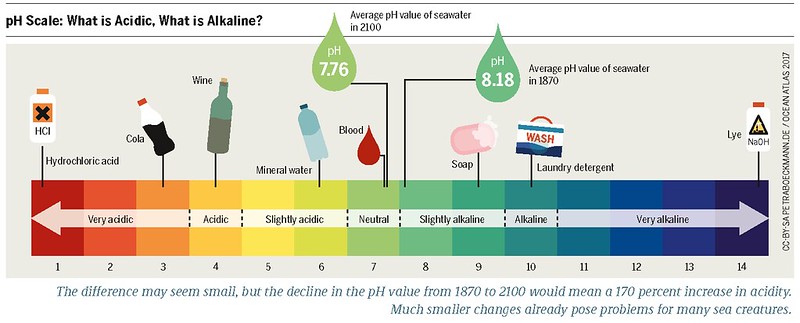The pH value of flavored water can range from 2.67 to 4.71, depending on the brand and flavor. This acidity level can have a significant impact on oral health, potentially weakening tooth enamel and increasing the risk of decay and erosion. Understanding the pH of flavored water is crucial for making informed choices and maintaining a healthy mouth.
Factors Affecting the pH of Flavored Water
The pH of flavored water can be influenced by several factors, including:
- Flavor Composition: The addition of citrates, organic acids, and other flavorings can lower the pH of the water, making it more acidic.
- Temperature: Warmer temperatures can cause the pH of flavored water to decrease, making it more acidic.
- Storage Time: Over time, the pH of flavored water can change as the chemical composition of the drink evolves.
Measuring the pH of Flavored Water
To determine the pH of a specific flavored water, you can use a pH meter or test strips. These tools measure the concentration of hydrogen ions (H+) in the water, which determines the acidity or alkalinity of the solution.
Here’s a table showing the pH values of some popular flavored water brands:
| Brand | Flavor | pH |
|---|---|---|
| Bubly | Grapefruit | 3.86 |
| LaCroix | Grapefruit | 4.71 |
| Spindrift | Lemon | 3.67 |
| Hint | Watermelon | 4.12 |
| Aquafina | Raspberry Lemonade | 3.24 |
As you can see, the pH values of these flavored waters range from 3.24 to 4.71, indicating a relatively acidic environment.
The Impact of pH on Oral Health
The pH of a beverage is crucial when it comes to oral health. Drinks with a pH below 5.5 can weaken tooth enamel, making it more susceptible to decay and erosion. Constant sipping or prolonged exposure to acidic flavored water can further exacerbate this issue, as it does not allow enough time for saliva to rebalance the pH levels in the mouth.
To minimize the impact of flavored water on oral health, it’s recommended to:
- Consume flavored water with meals, rather than sipping it throughout the day.
- Drink it relatively quickly, allowing enough time for saliva to recover and return the mouth to a neutral pH.
- Rinse the mouth with regular water after consuming flavored water to help speed up the rebalancing process.
Choosing Healthier Flavored Water Options
If you’re looking for a flavored water option with a higher pH, Flow Alkaline Spring Water has a pH of 8.1. However, it’s important to note that while alkaline water has been suggested to have potential health benefits, there is currently no scientific consensus on its effectiveness.
When selecting flavored water, it’s also important to consider the overall ingredient list and avoid brands with added sugars and artificial flavors. Opt for options that prioritize transparency and use natural flavorings.
Storing Flavored Water Properly
To help maintain the pH levels of flavored water, it’s important to store it properly. Keep the water in a cool, dark place, and consume it within a reasonable timeframe. Exposure to heat and prolonged storage can cause the pH to change, potentially making the water more acidic.
Conclusion
The pH of flavored water is an important factor to consider when it comes to oral health. By understanding the acidity levels of different brands and flavors, and taking steps to minimize the impact on your teeth, you can enjoy the refreshing taste of flavored water while maintaining a healthy mouth.

